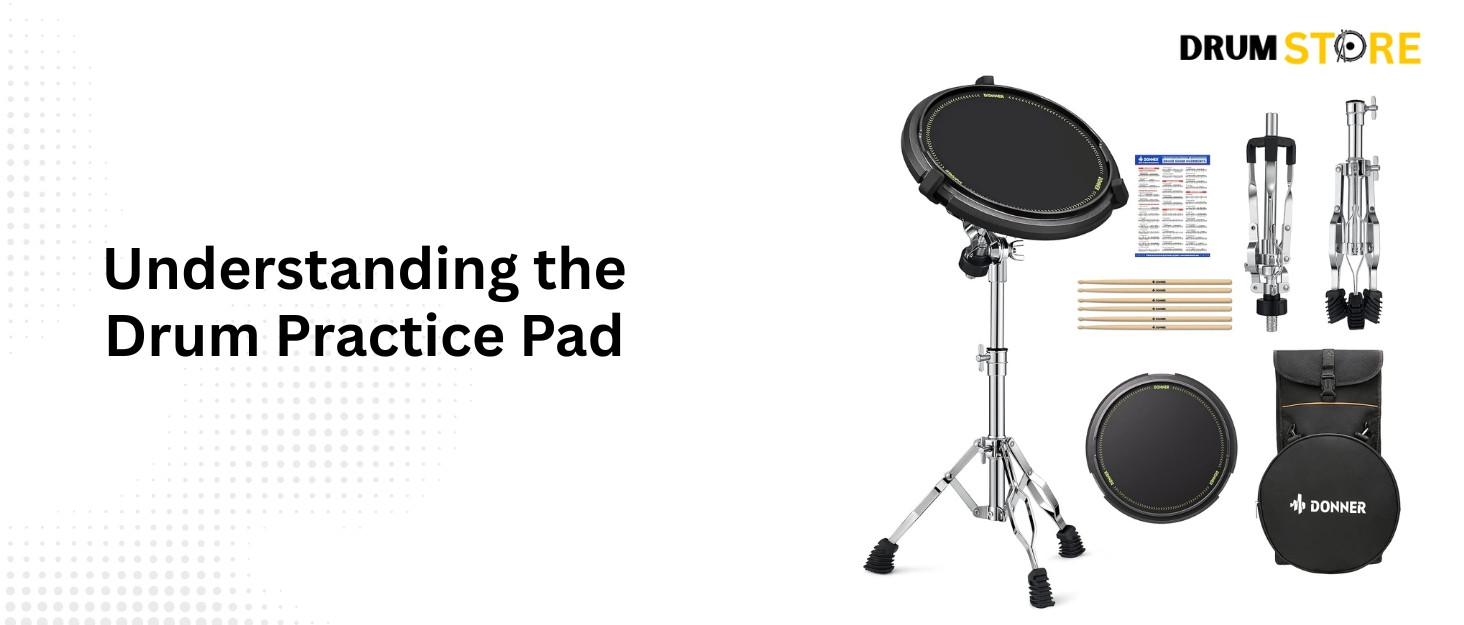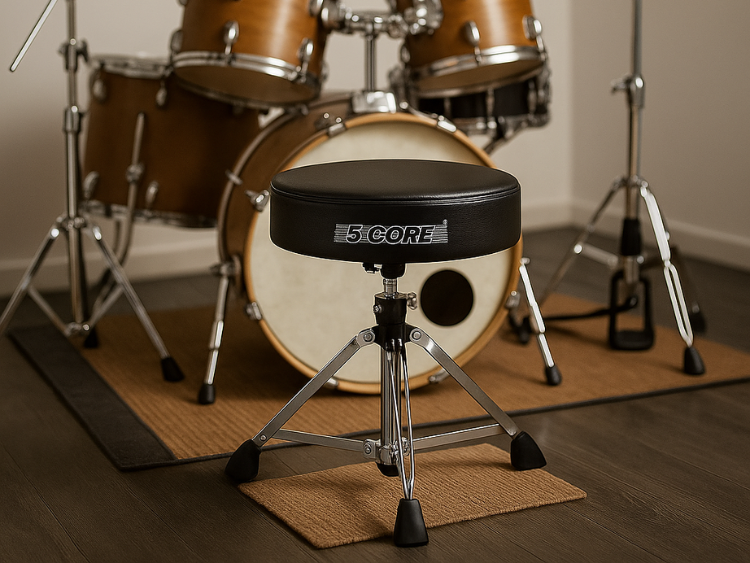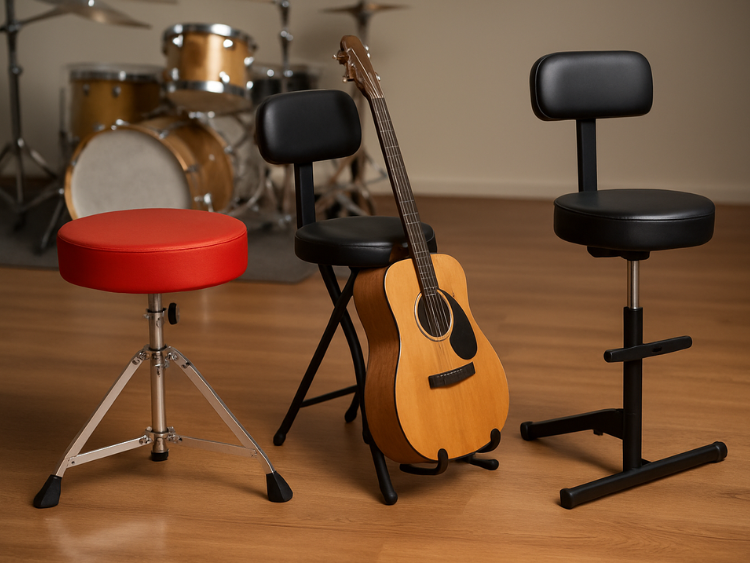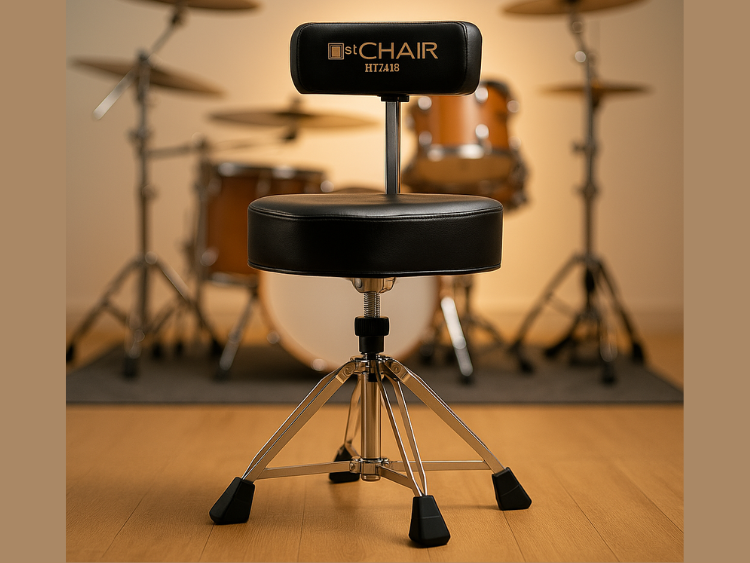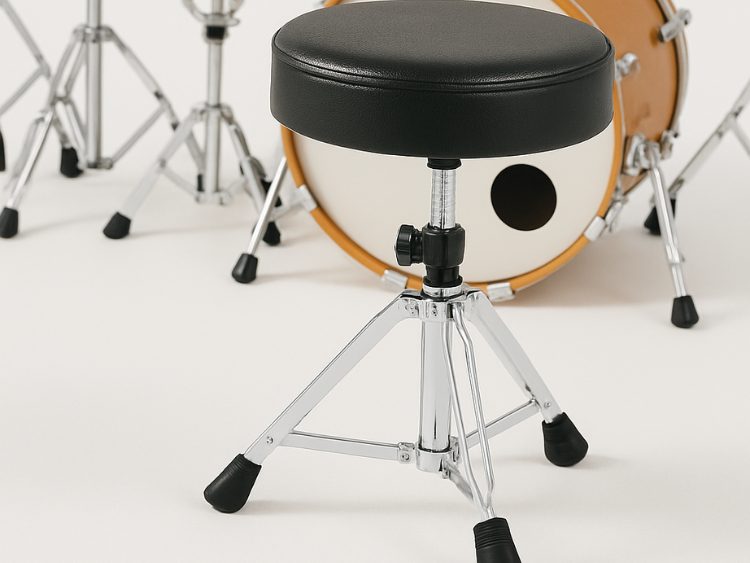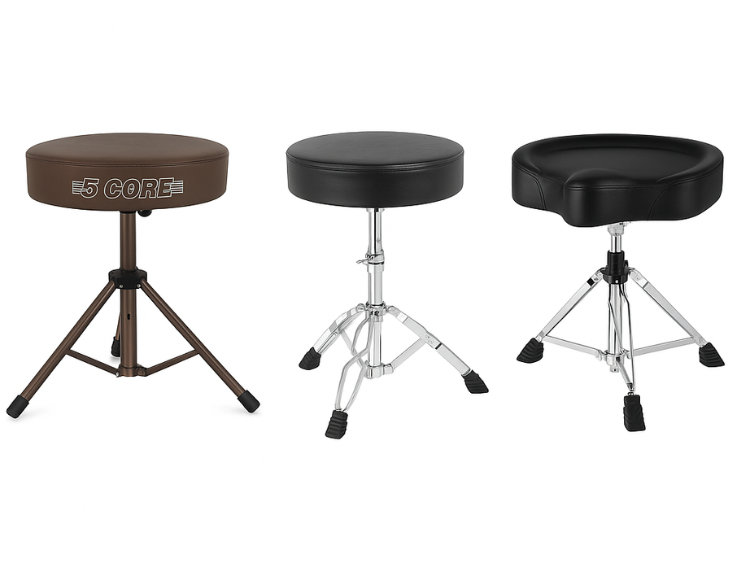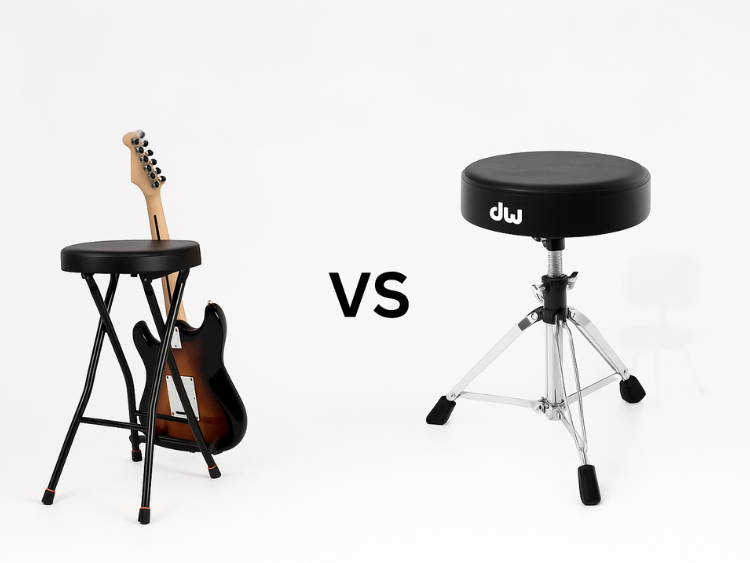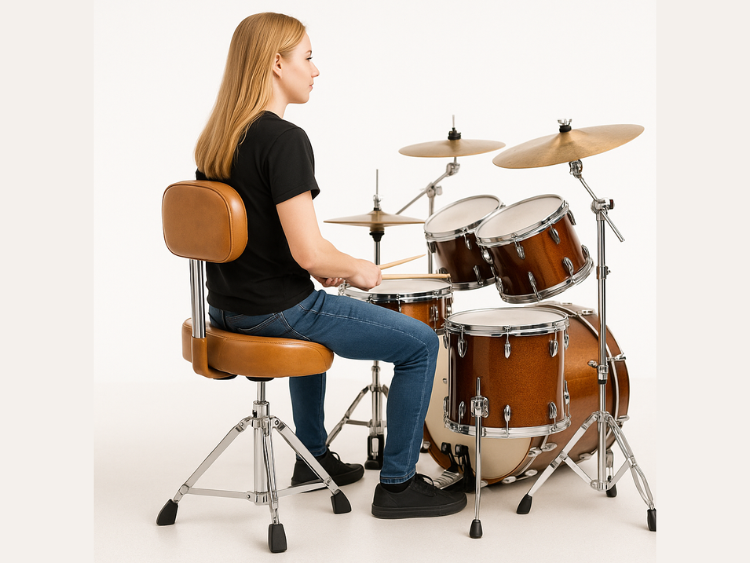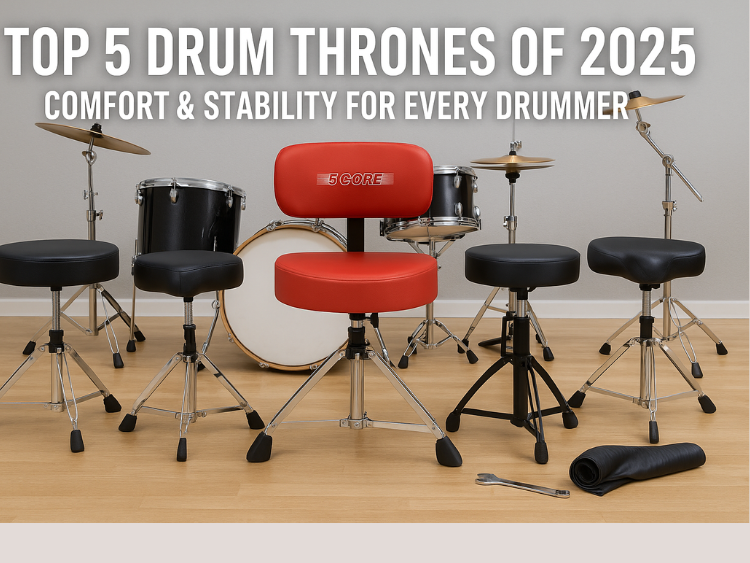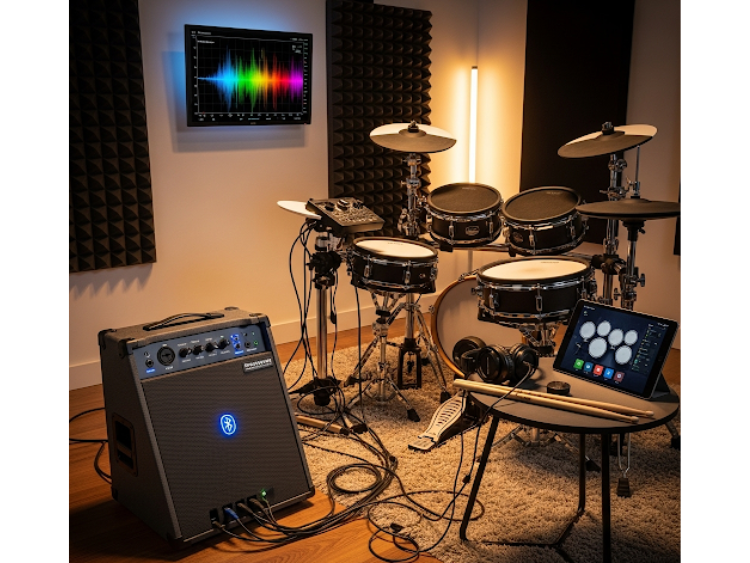The Role of a Drum Practice Pad in Skill Development
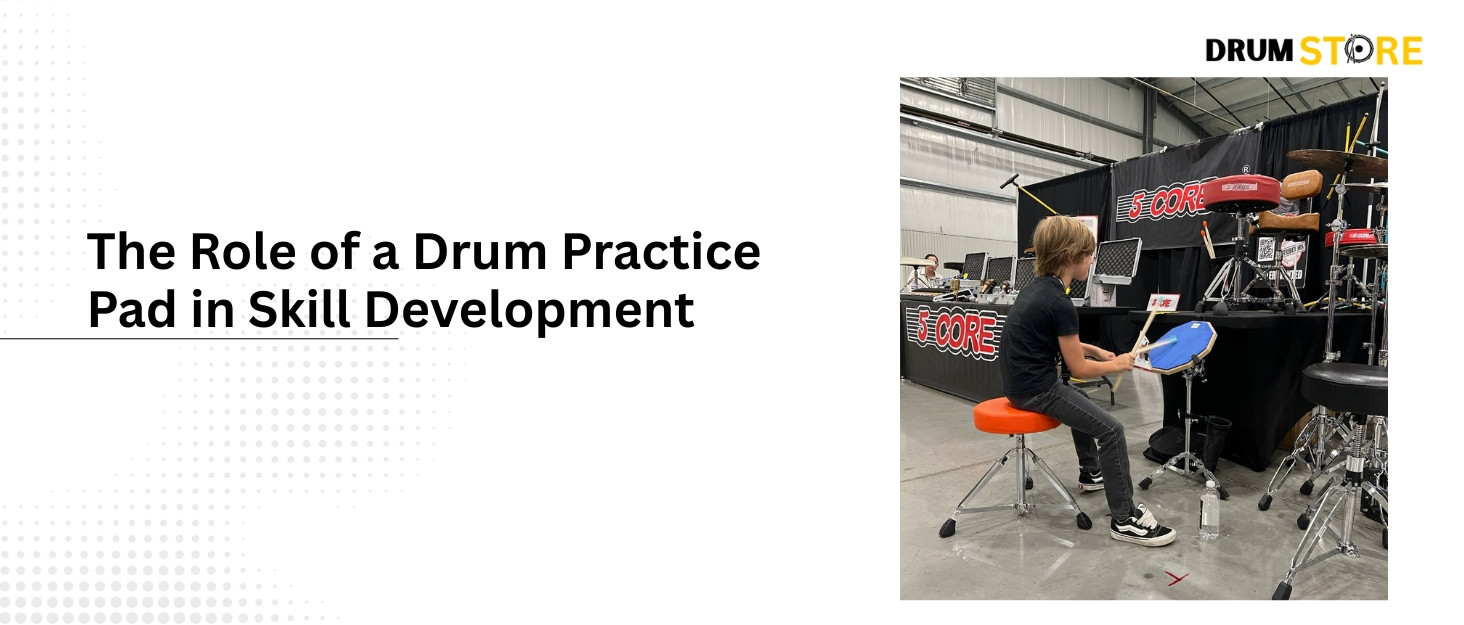
Drumming is a skill that relies heavily on precision, control, and muscle memory. While full drum kits provide the complete playing experience, drum practice pads have become essential tools for developing and refining these skills.
According to Statista, the global musical instruments market was valued at over $8.9 billion in 2023 and is projected to grow steadily at a 2.7% CAGR through 2028. Percussion instruments, including practice pads, form a significant segment of this market due to their accessibility, portability, and role in structured learning. This steady growth reflects a rising interest in affordable and space-friendly practice gear for drummers, especially among beginners and professionals seeking silent practice options.
Understanding the Drum Practice Pad
A drum practice pad is a percussion training tool designed to mimic the rebound and feel of a snare drum head, allowing drummers to practice rudiments and rhythms without the volume of a traditional kit. As noted by Wikipedia, these pads are typically made from rubber, silicone, or mesh materials, mounted on a solid base to provide realistic stick response.
Unlike electronic drum modules or acoustic kits, practice pads offer a simplified platform that focuses on core technique. This makes them particularly effective for warm-ups, speed training, and quiet rehearsal in noise-sensitive environments.
Benefits of Using a Drum Practice Pad
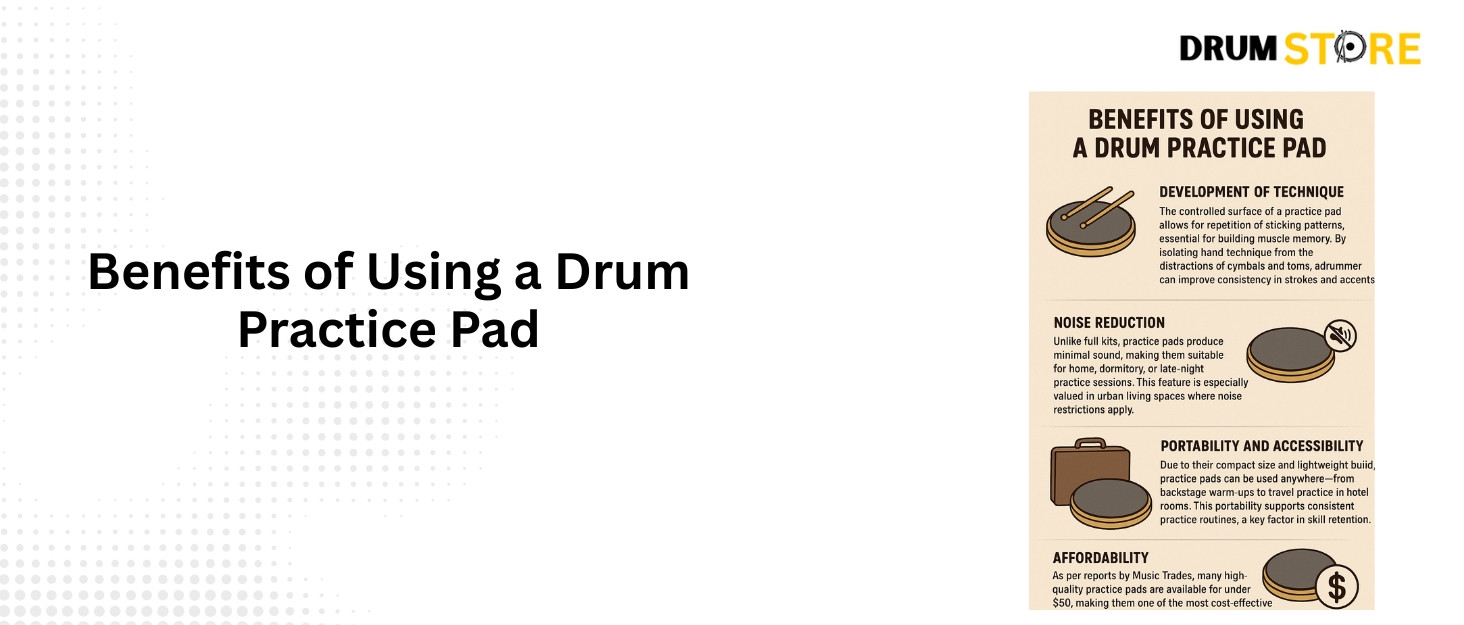
1. Development of Technique:
The controlled surface of a practice pad allows for repetition of sticking patterns, essential for building muscle memory. By isolating hand technique from the distractions of cymbals and toms, a drummer can improve consistency in strokes and accents.
2. Noise Reduction:
Unlike full kits, practice pads produce minimal sound, making them suitable for home, dormitory, or late-night practice sessions. This feature is especially valued in urban living spaces where noise restrictions apply.
3. Portability and Accessibility:
Due to their compact size and lightweight build, practice pads can be used anywhere—from backstage warm-ups to travel practice in hotel rooms. This portability supports consistent practice routines, a key factor in skill retention.
4. Affordability
As per reports by Music Trades, many high-quality practice pads are available for under $50, making them one of the most cost-effective pieces of practice gear for drummers, especially when compared to full acoustic or electronic drum sets.
How a Drum Practice Pad Fits Into Skill Development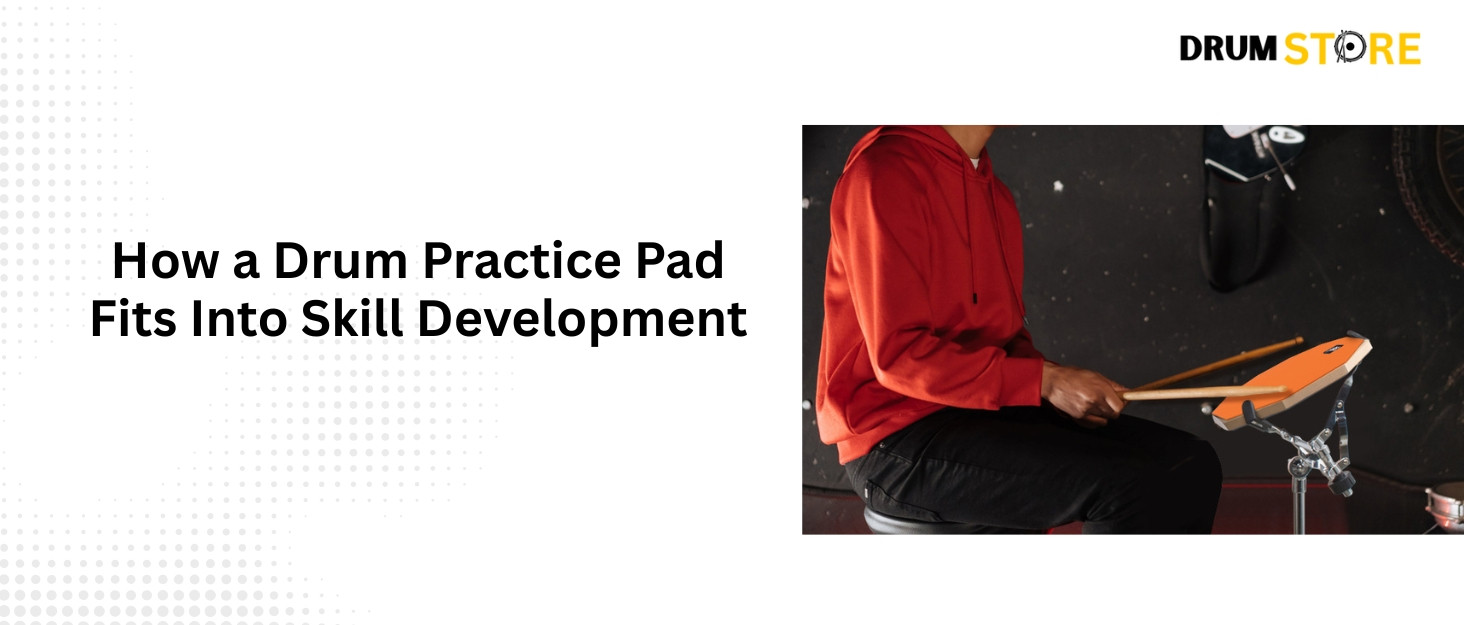
Practicing Rudiments:
Drum rudiments, as standardized by the Percussive Arts Society, are the foundational patterns of drumming. On a practice pad, rudiments can be drilled without interruption, helping players master single strokes, double strokes, paradiddles, and flams with precision.
Building Endurance and Speed:
By practicing with a metronome on a pad, drummers can gradually increase BPM (beats per minute) while maintaining control. This controlled progression improves endurance and prevents common issues like tension or uneven timing.
Strengthening Rebound Control:
A drum practice pad’s surface can vary in rebound response, with some models offering softer resistance for strength training. This variety allows players to adapt their grip and stroke force, enhancing versatility when returning to the full kit.
Trends and Market Insights
The market for practice pads has been positively influenced by online learning platforms and remote lessons. According to Music Trades, there has been a noticeable increase in sales of portable percussion equipment during and after the COVID-19 pandemic, driven by the shift to home-based practice.
Additionally, Statista notes that eco-friendly manufacturing trends are emerging, with some brands offering pads made from recycled materials. This aligns with broader sustainability movements in the music industry.
Tips for Choosing the Right Drum Practice Pad
When selecting a pad, the following considerations are recommended:
Surface feel: Choose between hard, soft, or dual-surface pads based on rebound preference.
Size: Larger pads (12 inches) provide a closer feel to an actual snare, while smaller ones are more portable.
Mounting options: Some pads can be placed on stands for ergonomic practice.
Durability: Check for wear resistance, especially if using heavy sticks.
Final Thoughts
The role of the drum practice pad in skill development is significant. By offering a low-cost, portable, and quiet platform for focused technique work, it supports both beginner and professional drummers in achieving greater precision, speed, and endurance.
With the musical instruments market continuing its steady growth, according to Statista, practice pads remain a practical and strategic investment in any drummer’s toolkit. As the demand for adaptable and sustainable practice gear for drummers increases, the humble practice pad will continue to play an important role in modern percussion training.
